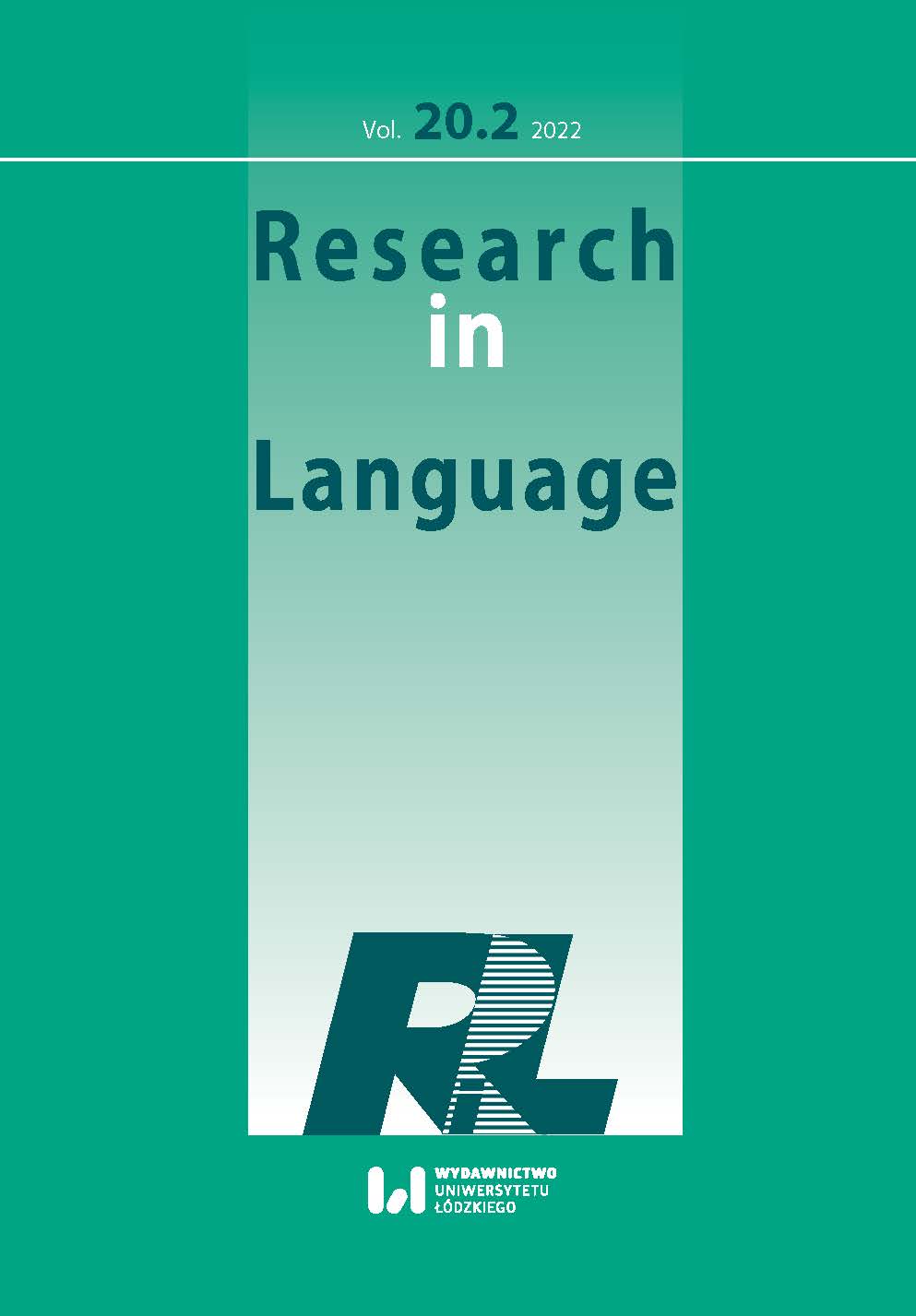Use of L2 Pronunciation Techniques in and Outside Classes: Students’ Preferences
Use of L2 Pronunciation Techniques in and Outside Classes: Students’ Preferences
Author(s): Ewa Kusz, Judyta PawliszkoSubject(s): Foreign languages learning, Phonetics / Phonology, Distance learning / e-learning
Published by: Wydawnictwo Uniwersytetu Łódzkiego
Keywords: foreign language teaching; pronunciation teaching techniques; foreign language phonetics and phonology; e-learning;
Summary/Abstract: The present study describes the level of effectiveness of both traditional and computer-assisted second language pronunciation techniques from the students’ perspectives. By traditional techniques we mean those activities which make use of phonetic alphabet, including transcription practice, detailed description of the articulatory systems, drills (e.g. minimal pair drills), reading aloud, tongue twisters, rhymes, etc. (Hismanoglu and Hismanoglu 2010: 985). On the other hand, computer-assisted techniques include activities based on listening and imitating tasks, which use technology, such as self-imitation practice, recordings of L2 learner’s, visual aids, and automatic speech recognition tools. The main aim of this study does not aim to classify L2 pronunciation methods by allocating them to previously mentioned categories but rather attempts to examine the intricate relationship between students’ knowledge, perceptions, attitudes and their most preferable practices which, in their opinion, result in improvement of their L2 pronunciation. 118 study subjects were asked to complete four main questions, within which tasks based on the Likert-scale items gathered data about the students’ most preferable L2 pronunciation teaching and learning techniques. The students were asked to create their own list, starting from the most useful to the least beneficial techniques. The last task was an open-ended question about other techniques than mentioned in the questionnaire. The analysis of the obtained data involved a two-stage process: a) data segmentation; and b) techniques categorisation. The first step was to select pronunciation learning techniques in terms of their frequency and use and to adjust them to the research group. The second stage, techniques categorisation, was based on a careful analysis of the answers given by the students in the questionnaire. Following that, five categories were distinguished: (1) traditional and used only in the classroom, (2) traditional but also used in distance learning, (3) computer-assisted but used only in the classroom, (4) computer-assisted and also used in distance learning, (5) innovative: combining students’ needs and available online.Highlighting the prominence of pronunciation in acquiring communicative competence, the authors propose their own, innovative suggestions for the future creation of teaching materials.
Journal: Research in Language (RiL)
- Issue Year: 20/2022
- Issue No: 2
- Page Range: 215-230
- Page Count: 16
- Language: English

